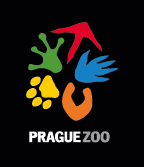Prague Zoo takes part in conserving mongolian saigas by contributing to their research
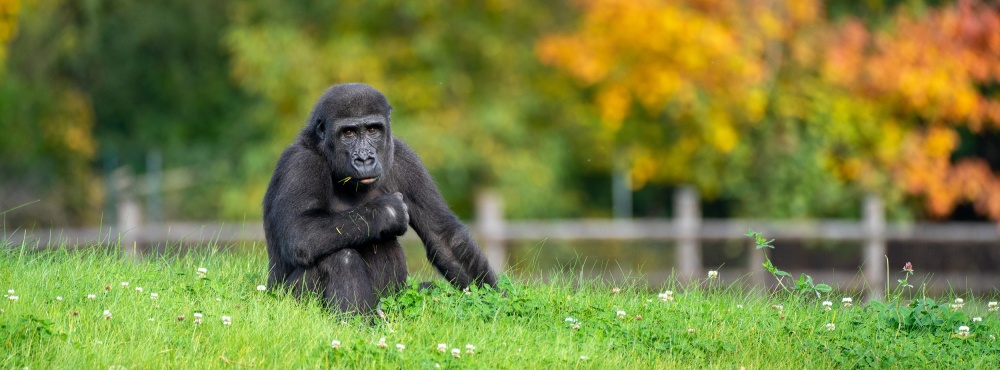
In addition to the Przewalski’s horse, Prague Zoo’s activities to protect endangered species in Mongolia have extended to the Mongolian saiga. It is critically endangered and its situation was exacerbated by this year’s epidemic of 'small ruminant plague' or PPR. Less than five thousand individuals survive in the west of the country. Therefore, Prague Zoo decided to use funds from the “We Help Them to Survive” account to finance the purchase of ten telemetric collars designed to monitor their movement.
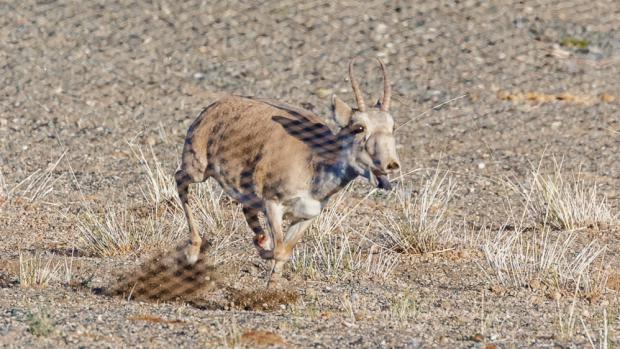 A male Mongolian saiga runs into the net. These even-toed ungulates are a critically endangered animal species and Prague Zoo is contributing to research into them. Photo: Miroslav Bobek, Prague Zoo
A male Mongolian saiga runs into the net. These even-toed ungulates are a critically endangered animal species and Prague Zoo is contributing to research into them. Photo: Miroslav Bobek, Prague Zoo
The Mongolian saiga is a medium sized relative of the antelope and its typical features are closely spaced, bloated nostrils that are elongated and point downward. This subspecies of the saiga is even rarer than the better known Russian saiga, which lives in Kazakhstan and in the Russian republic of Kalmykia.
Thanks to Prague Zoo, the telemetric collars, which cost €12,000, are being worn by ten saiga. They were recently caught in three areas where they occur in the semi-desserts in the Khovd and Gobi-Altai provinces by Mongolian conservation workers from the Wildlife Conservation Society of Mongolia and the World Wildlife Fund Mongolia.
“With satellite tracking, it will be possible to monitor the saiga’s movement in detail and the data we get will not only help us gain a better understanding of the lives of these remarkable animals, but will also help us to cope more effectively with their cattle-borne diseases,” explains Miroslav Bobek, the director of Prague Zoo, who took part in the capture and marking of the saiga together with his colleagues. He goes on to say, “To actually catch one of the saigas, which are extremely shy and can run at speeds of up to 80 km/h, was very demanding on a flat terrain. Although I did not believe it would be possible at first, thanks to the experience of Mongolian nature conservationists, we managed to catch all ten saigas by the deadline using nets set up in slight depressions. It really was a masterpiece of cooperation, it involved ten to fifteen people with off-road vehicles and motorbikes all working in perfect coordination.”
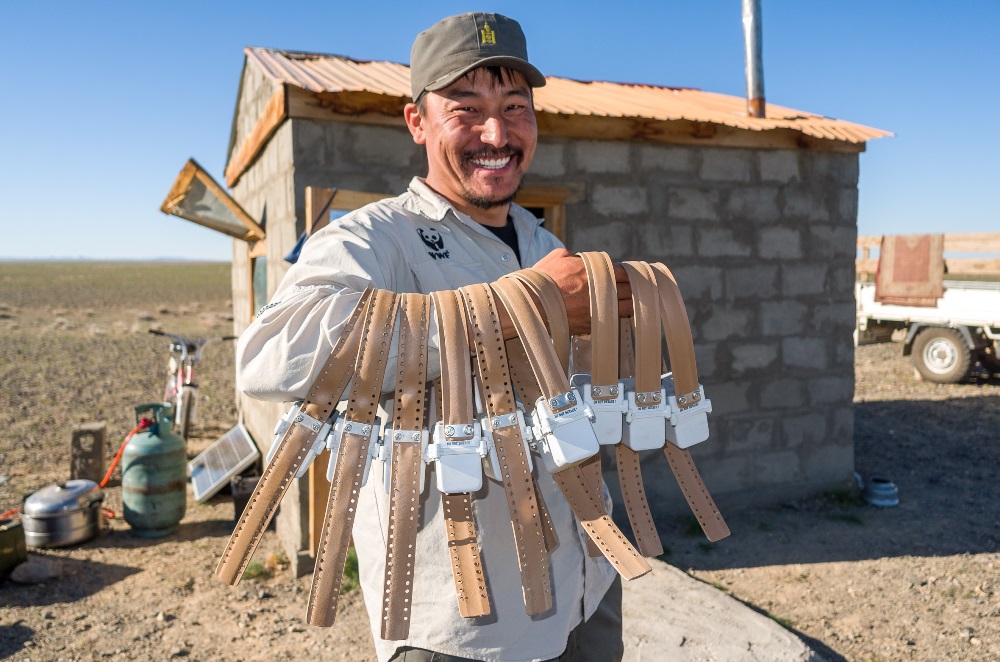
During their stay in Mongolia, the Prague Zoo workers also handed over a newly purchased motorcycle to the wardens of the Great Gobi A Strictly Protected Area. This is the first contribution Prague Zoo has made to protecting the extremely rare wild camels and Gobi bears.
As part of the celebration of the 25th anniversary of the first Przewalski’s horse to return to Mongolia, Prague Zoo’s director, Miroslav Bobek, received the highest Mongolian award for merit in nature conservation awarded to him by the Mongolian Minister of the Environment, Dulamsuren Ojunchorol. Jaroslav Šimek and Roman Vodička from Prague Zoo and David Klement and Milan Laniak from the Air Force of the Czech Army were also awarded.
You can support Prague Zoo’s projects to protect endangered species by making a donation to the We Help Them to Survive account, number 43–6804660247/0100, or by a DMS. The cost of a DMS is CZK 30, 60 or 90, the project receives CZK 29, 59 or 89 respectively. You can also use the standing order option (each month, the amount you choose will automatically be sent to the Prague Zoo account) for all the above amounts. The form of the SMS message is DMS OHROZENEDRUHY XX (XX = the amount selected) and is sent to 87 777. The latest way to contribute is to use the payment kiosks located throughout Prague Zoo’s grounds.
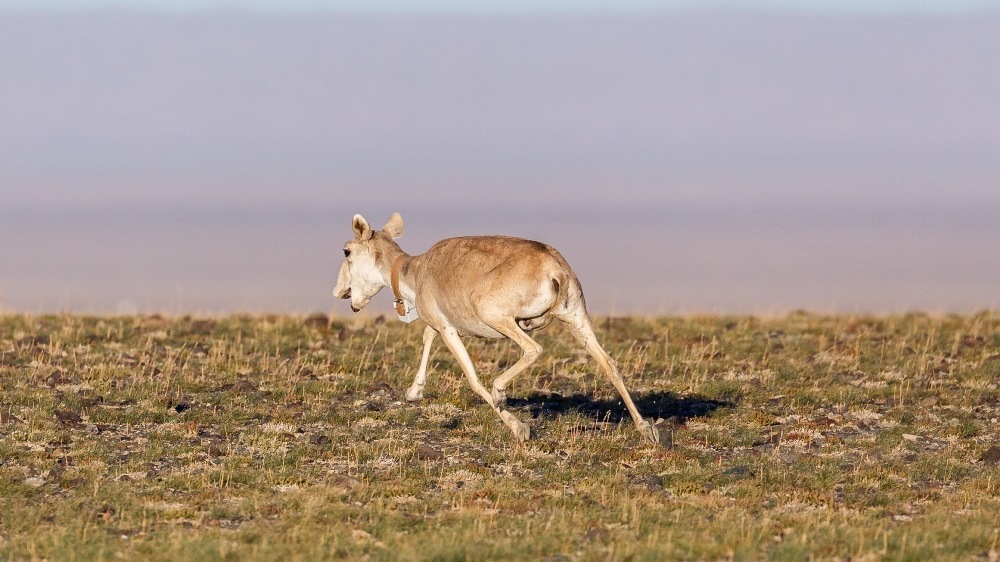
ZOOPRAHA.CZ
Contacts
- The Prague zoological garden
U Trojskeho zamku 120/3
171 00 Praha 7
Phone.: (+420) 296 112 230 (public relations department)
e-mail: zoopraha@zoopraha.cz
Others
